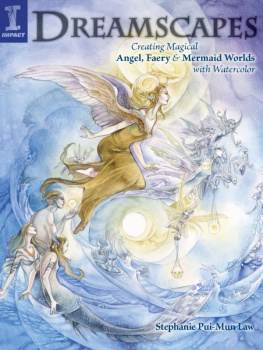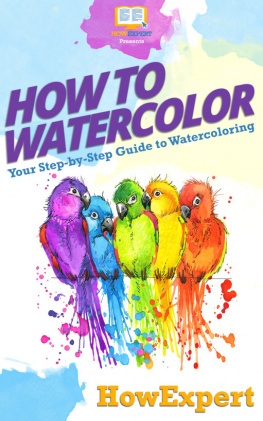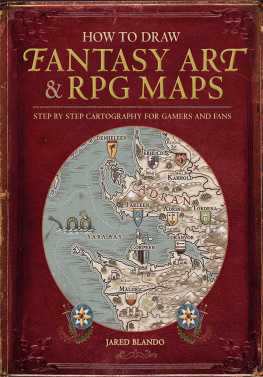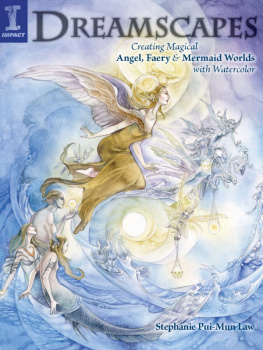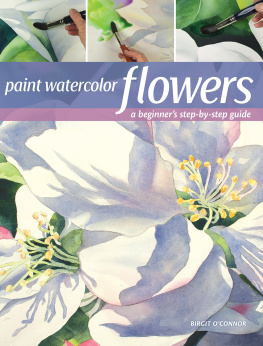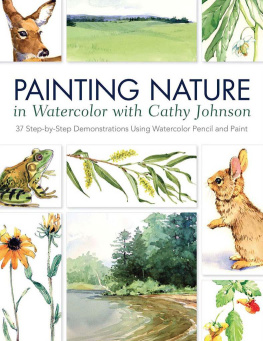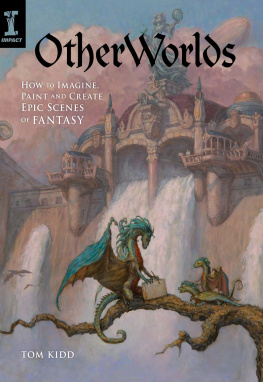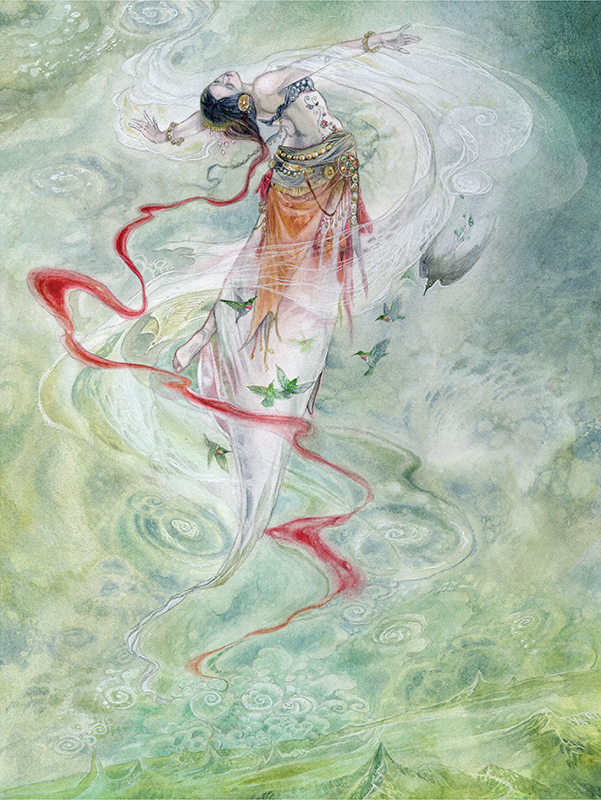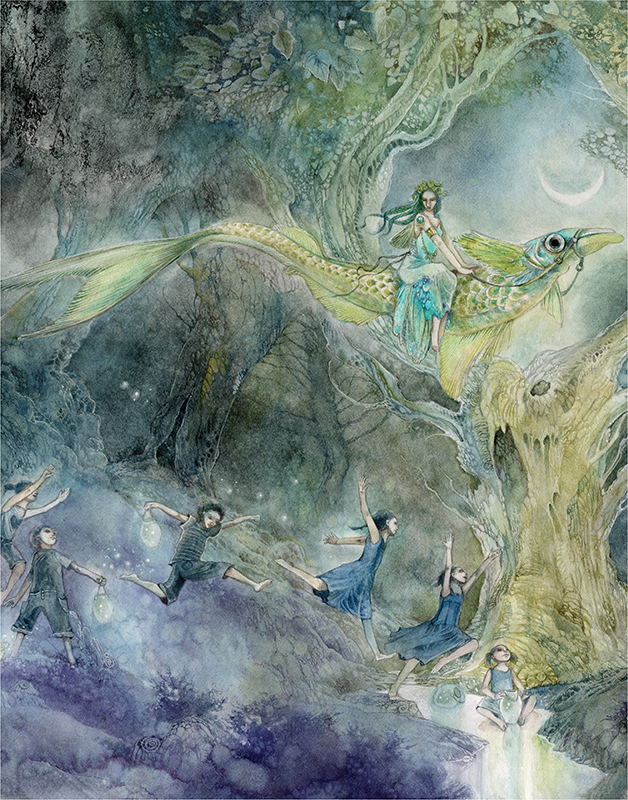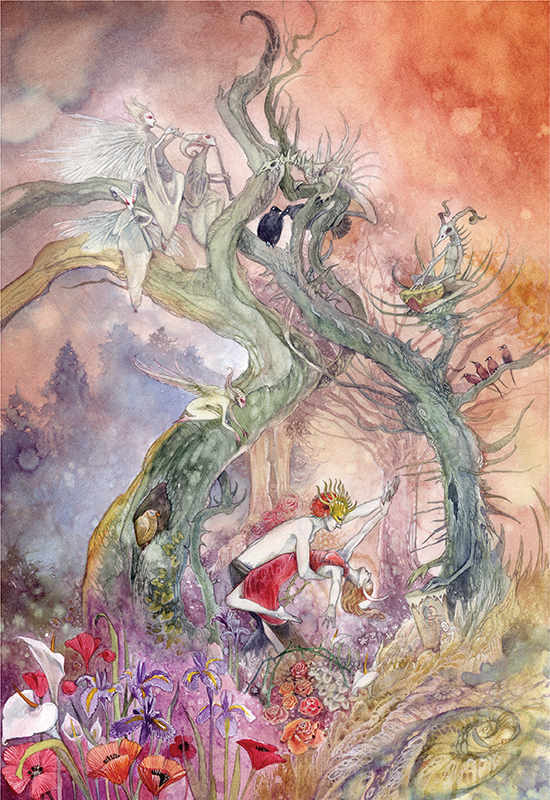Thank you for purchasing this Artist Network eBook.
Sign up for our newsletter and receive special offers, access to free content, and information on the latest new releases and must-have art resources! Plus, receive a coupon code to use on your first purchase from NorthLightShop.com for signing up.
or visit us online to sign up at
http://artistsnetwork.com/ebook-promo
Dedication
To Claire and Ellio you make us all stop to appreciate the hidden beauties.
Contents
CHAPTER ONE
CHAPTER TWO
CHAPTER THREE
CHAPTER FOUR
Introduction
The most important thing about creating art is to create. If you want to be at ease with creativity, you have to immerse yourself in it and do a little bit every dayeven if that little bit is just five minutes while waiting for the bus. Do a quick gesture drawing of a man reading his book across the street from you. Take a moment to scribble down a thumbnail idea of a concept. Try to do a little bit each day to train your brain to think visually.
It can be difficult at first, training yourself to make this small bit of time. Youll think:
I dont have enough time for it.
Art is hard!
Im not good enough yet for that piece Ive always wanted to do.
Yes, art is hard. Yes, you might not feel ready to do that masterwork that youve been dreaming of, but Ill let you in on a secret: No artist ever is! Sure, there is a satisfaction that comes when the last detail is polished, and your signature is scrawled across the bottom corner with its flourishing declaration of Finished! Every new painting is a milestone of achievement, hopefully with lessons learned and skills advanced. But if you let yourself rest too long in that satisfaction, then youre not challenging and pushing yourself onward enough. I like to think that if I still feel a piece I did three years ago is among my best work, then Im doing something wrong. My best is always going to be among my most recent pieces, with even better pieces on the horizon. Keep moving forward in your art.
That masterwork that you just dont think you have the skills yet to tackle? You wont gain those skills unless you try. Take it head on. Make the best attempt you can or at least tackle a small portion or element of it. Maybe its dramatic lighting. Maybe its multiple figures interacting. Maybe its something small like a facial expression, or how to paint a tree. When you think you have mastered that, move on to the next item on the list, and the next, until you can face the behemoth. It might be youll like the result. If you dont, then figure out what parts didnt work for you. Learn to isolate the individual aspects that need to be worked on and then make that your goal of improvement in the next piece.
Preciousness is the enemy of an artist who wants to grow.
1) Precious Time
2) Precious Artwork
To let the muse work her magic, you have to let go of attachments to those two concepts. Even as a professional who has been drawing and painting every day for almost two decades, I had to learn this lesson recently. Im not immune to these pitfalls any more than a beginning artist. Long ago I got past the hump of just getting myself to do art every day. That part I took for granted. In fact, after so long it becomes a necessityyou train yourself to have an artistic outlet, and it becomes a part of you as much as breathing and sleeping.
But due to the vagaries of the grand adventure of life, I found my art time throttled back, and then I fell into the trap that (1) Time was precious.
Because I had little time to dedicate to creating, it became a commodity, and every moment of it had to matter. Every second sitting at my desk with a pencil or paintbrush in hand had to be momentous because (2) Artwork was precious, and I couldnt waste my time with non-essentials. There was only enough time for masterpieces.
When you fall into that mode of thinking, your brain and your creativity do the only thing they can: They shut up completely. That kind of pressure is just too much.
Every work cant be a masterpiece. Sometimes you have to just let your subconscious have its way and let the creativity flow from whatever small outlet it feels inclined to at the moment. Great art doesnt happen on a timeline. And Im not talking about an individual painting that you finish for a clients deadline. Im talking more about the overarching body of artwork and self-imposed expectations and time limits.
Make time for the little stuff! For the gesture drawings at the bus stop. For the scribbled thumbnails in your pocket sketchbook when inspiration strikes at inopportune moments. For doodles on napkins at a cafe, or in the margins of meeting notes at your day job or class. Enjoy these little moments. They will take your creativity to new heights.
CHAPTER ONE
Materials & Techniques
It can be a daunting task to sit in front of a blank sheet of paper with the expectation of creating something magical, yet possibilities and inspiration lie all around you. From the myriad of legends and stories of the past, to the works of other artists, to the inherent beauty that exists in nature, there is no shortage of places to look for ideas. Even the mistakes you make when paintingthose unplanned and at times highly frustrating marks or spillscan be utilized to create unexpected and unique results. So while it certainly can be intimidating to stare at a stark white piece of paper and wonder how your composition will turn out in the end, dont let fear hold you back.
The good news is this: By obtaining knowledge about the tools of the trade and being familiar with the basic watercolor techniques at your disposal, you can help ease the transition from nebulous imagination to successful painting. With time and experience, the medium will simply become an extension of your imagination. After all, practice is the only way to turn a once-blank sheet of paper into a colorful, whimsical and magical world filled with iconic figures of fantasy.
Selecting Pencils
In this book youll use pencils in your studies of drawing ethereal fantasy worlds with the goal of a painted end result. Though the focus here is on painting with watercolors, pencils are a viable tool for completed works of art.



